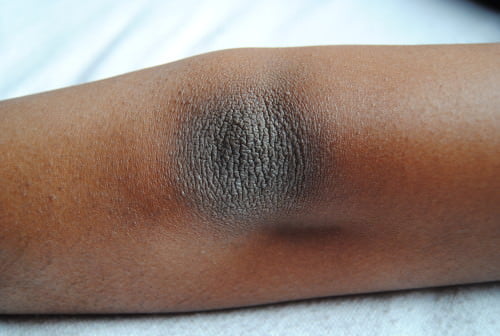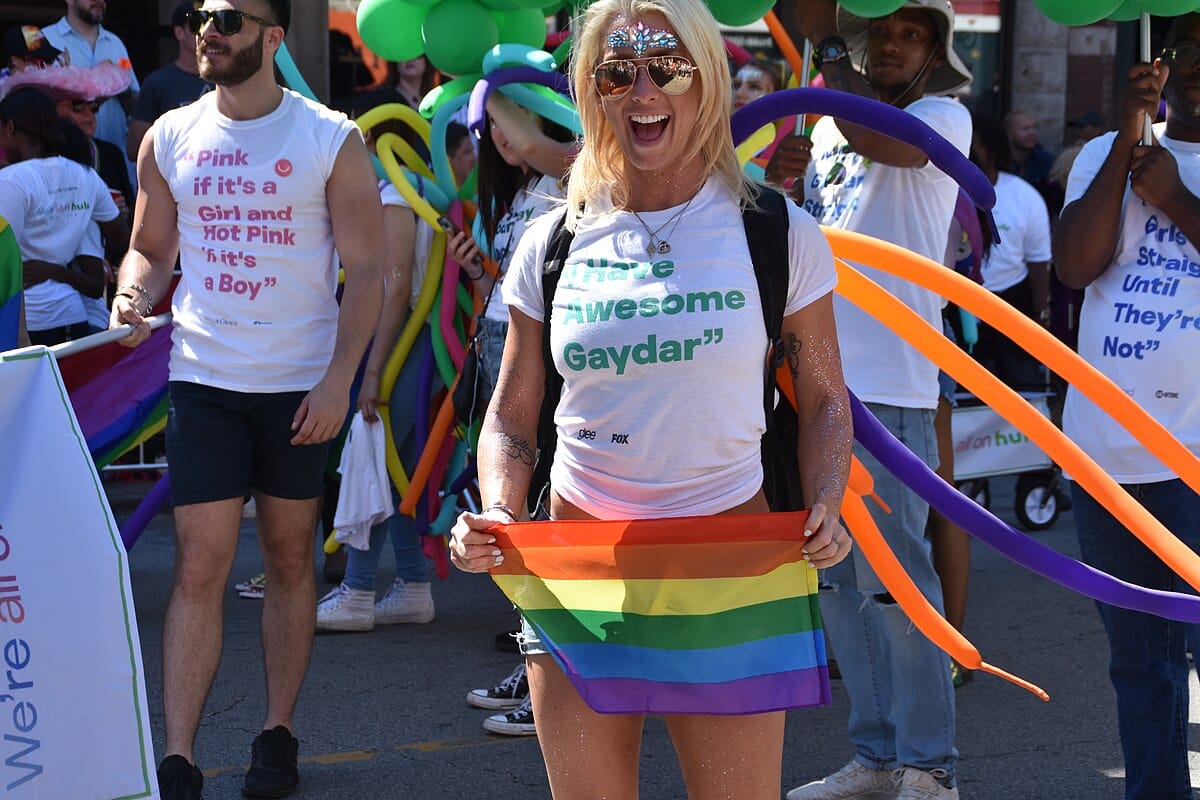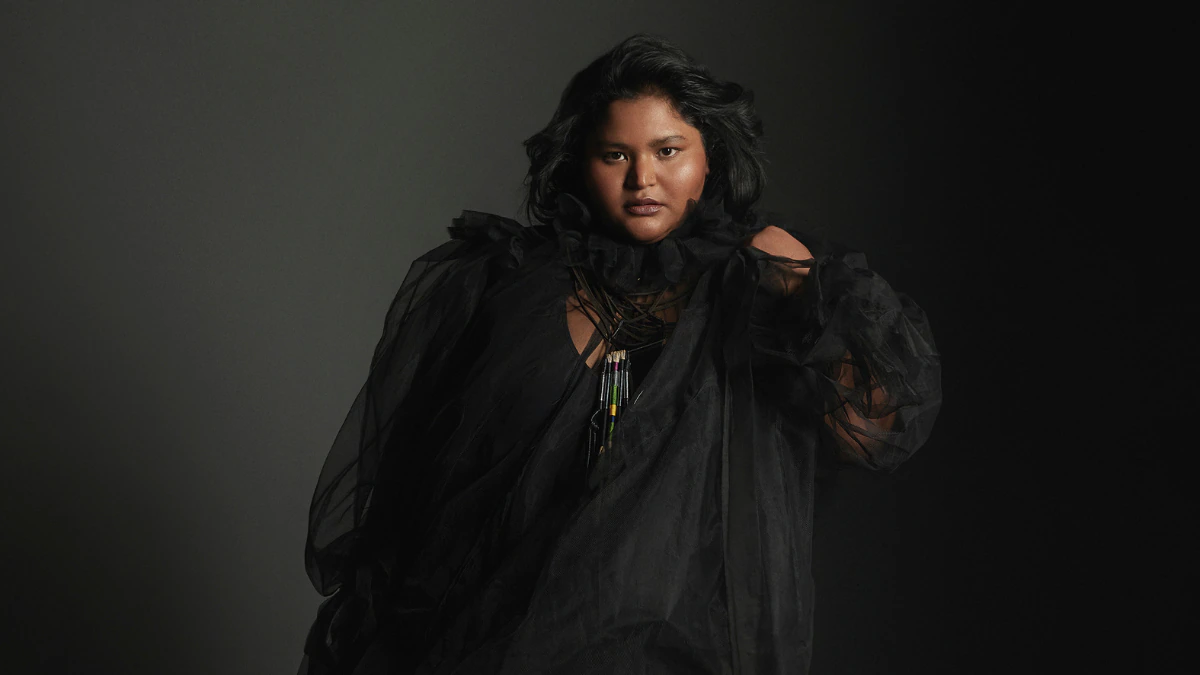I.
It held an oval shape. A pumice stone. It is intended to exfoliate your feet. To smoothen the soles, render each less rugged. Less rough. Before I would enter the shower, I spent five minutes, assessing my body in front of the mirror. Where have I darkened? Why are my elbows discolored? My knees? By my chin. Why are my lips nearer a shade of deep purple than pink?
It had been the May of 2006. I returned home from a field day, darkened from the eight hours spent in the sun. My mother rushed me to the bathtub, and as I sat seated on a small stool, still clothed in the white T shirt and black shorts from earlier, she held the pumice stone in her hand. She first scrubbed my knees. My elbows. What was exposed, the stone would reach. “My god. You look horrible. Could you not have sat inside? Was it necessary for you to have been in the sun for that long?” I remember trying to explain what field day meant, why sitting inside had not been an option. That it hurt. Please stop. My skin is not the consistency of the soles of my feet. Not as rugged. It does not need this.
Yet, in the showers that I started to take thereafter, it became a regular practice. To scrub my skin bare of melanin. The pumice stone — I remember it as abrasive, as I scrubbed and scrubbed. Hoping that when I placed my knee or my elbow under the running water, that each would appear lighter. They had only burned. Reddened by the heat.
Also Read: Not Fair, Yet Lovely: On Being A Dark-skinned Woman In India
II.
I also have a peculiar birthmark near my right foot. As if someone had splattered paint, in that particular area, and it had remained there permanently. Unmoved. It extended to the half point of my calve. A darker shade of brown on already dark skin. My grandparents could not accept that it was a birthmark. That it must, instead, be serious. A spot as dark, and how discernible it had been. We visited three dermatologists that summer. They each said, “That is a birthmark. Unfortunately, for your granddaughter, it is remarkably dark.”
My first act of self-hate was exercised on my skin. When the school year started once more, I bought a set of Hanes white socks that came to the knee. The birthmark could not be exposed. The brown of my skin was to be covered by full length khaki pants, long sleeved collared shirts — in a deliberate attempt to find shelter from the sun, even as I walked within it. My face, I have never learned how to protect. I would buy face wash after face wash, each of which promised the same — to brighten, to revitalize, to lighten. Yet, all of which failed to render my face a shade closer to white. I hated then to be photographed. I hated then to be seen. If a person stood too close, I would move methodically. Inch by inch. Away. I am deeply ugly. Abhorrent to look at. A person that I had been intimate with in university — he urged for the lights to be on. So that he could see me. My body. My face. And, I remember how quickly the word “no” came. And, how quickly we fell silent after.
Also Read: The Advertising World Hates Women Who Are Comfortable In Their Skin
III.
I would dread, when I saw the silver Honda Accord in the high school parking lot of St. Mary’s Academy. 999-EEH. It meant a remark by my father would follow, as I found myself seated.
“The area under your eyes have darkened, since yesterday. It is the coffee that you drink. You drink too much of it. You are darkening easily, Anu. You will become ugly, at this pace.”
The words were meant to sting. They were meant to invoke a sense of perfection that I had to maintain but first reach. Even as he sat, driving next to me, darker than I had been. Anuhya means unexpected. Another meaning of my name is magnificent. “Look at the sky. Anuhyam mina aakasam, thalli. That is a magnificent sky, and magnificent is what you are,” he would say, refusing to accept the part of my name that meant disorder. Imperfection.
IV.
Brown had not been beautiful in the United States nor at home in Vijayawada. I would find the sachet of Fair and Lovely that my aunt had placed on the bedroom dresser. Slather it over my face. Press the 10 rupee packet for more, to apply an additional layer to the areas that I felt needed heavy lightening. The inferiority found a space in the suitcases that I had brought to university. I would become rigid in my movement. Utter often a phrase or two, in conversation, quietly under my breath — firmly believing that I had played what my part as a person of colour warranted – in my silence, in the shrinking, in the presence of those that were lighter.
V.
Melanin. I sit across my grandmother, who as I visited each summer, assessed my well being. Based on the lightening or the darkening of my skin. The first of which indicated a healthy, positive year, as the latter brought distaste, frustration. I explain to her that darkening is a process intertwined. Inherent to a brown, a black person. It is caused by melanin, I had said. She stared, as did my cousin. Believing it to be another explanation to negate an otherwise established truth. That white is beautiful. That tanning, as inherent, as natural it is for a brown woman, is beautiful on a white woman. It is not beautiful, on the skin of a brown woman. Melanin as an entity that darkens the skin in sunlight. As an entity that is part of her. That protects her, that is laced in the crevices of her body. The term remained unknown. Yet, it is to be erased.
And, melanin. When I learned that term, the self blame reduced in potency. I came to understand the darkening. It was as I was created to be. Not as a default nor defect. But as I was meant, as a woman of colour.




